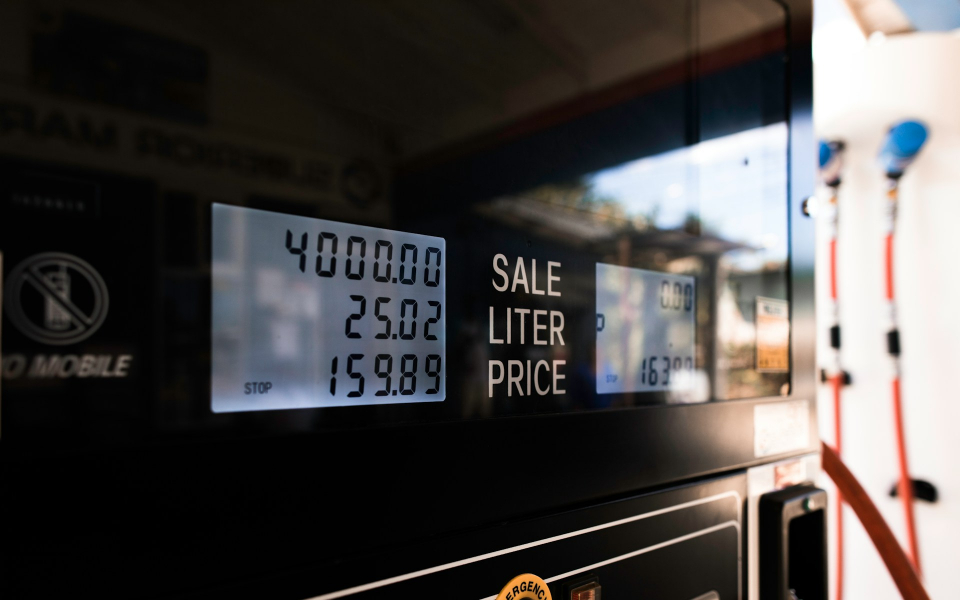BP plc
The company, a major player in global energy markets with diverse operations in oil, gas, and renewable energy, is highly sensitive to fluctuations in oil prices.
What Happened: Crude oil prices, as measured by the benchmark West Texas Intermediate (WTI), fell to $67 per barrel on Monday, the lowest point since early October and marking the steepest single-day drop since July 2022.
The sell-off in oil markets was catalyzed by Israel's precise strikes on Iranian military facilities, which left the country's oil infrastructure unscathed.
This measured response alleviated concerns that oil production or export channels might be affected, reducing the risk of major disruptions in the global oil supply. The stability in Iranian oil exports helped drive down oil prices, as any potential shortfall in supply was averted for the time being.
BP, with a significant portion of its revenues tied to crude oil production, is directly impacted by fluctuations in oil prices. Lower oil prices tend to compress the company's profit margins, as revenue from the upstream oil segment-exploration, extraction, and production of oil and gas-diminishes.
Although BP has diversified into renewable energy and lower-carbon ventures, fossil fuels remain a core revenue stream, and a continued drop in oil prices would likely impact earnings.
What's Next: The timing of Monday's oil price slide is especially critical, as BP prepares to release its third-quarter earnings results, confirmed for Tuesday's pre-market session.
The report will offer insight into how well the company is managing current market conditions and whether its diversification into renewables and alternative energy sources is beginning to provide substantial offsets to its traditional oil and gas business.
BP's third-quarter performance could also reflect broader market trends, including the impact of slowing global demand, notably from China and recent announcements from OPEC+ signaling an increase in production.
Goldman Sachs and ING analysts have suggested that with no immediate threat to Iranian oil exports, and as the market returns to focusing on fundamentals, oil prices are likely to remain under pressure. The anticipated market surplus through 2025, compounded by sluggish demand growth, could pose ongoing challenges for BP's oil-dependent earnings.
How To Buy BP Stock
By now you're likely curious about how to participate in the market for BP - be it to purchase shares, or even attempt to bet against the company.
Buying shares is typically done through a brokerage account. You can find a list of possible trading platforms here. Many will allow you to buy 'fractional shares,' which allows you to own portions of stock without buying an entire share. For example, some stock, like Berkshire Hathaway
In the the case of BP, which is trading at $30.86 as of publishing time, $100 would buy you 3.24 shares of stock.
If you're looking to bet against a company, the process is more complex. You'll need access to an options trading platform, or a broker who will allow you to 'go short' a share of stock by lending you the shares to sell. The process of shorting a stock can be found at this resource. Otherwise, if your broker allows you to trade options, you can either buy a put option, or sell a call option at a strike price above where shares are currently trading - either way it allows you to profit off of the share price decline.
According to data from Benzinga Pro, BP has a 52-week high of $40.40 and a 52-week low of $30.52.















